CheongKwanJang - Dongincheon Station Branch [Tax Refund Shop] (정관장 동인천역)
9.7 Km 0 2024-04-17
120-2, Chamoejeon-ro, Jung-gu, Incheon
-
Cheongil Jogyeji Stairway (청일조계지 경계 계단)
9.7 Km 1 2024-01-09
Seollin-dong, Jung-gu, Incheon
The border stairs of the Sino-Japanese Concession (an exclusive residential area set up for foreigners to live freely in ports opened for foreign trade) are located on a steep hill southwest of Jayu Park. It is a meaningful attraction with a history of about 120 years. The concession areas are divided into the Qing Dynasty concession on the left and the Japanese concession on the right with the stone stairs in the center. The buildings on the left and right clearly show each country's architectural styles and characteristics of the past.
Surim Gongwon (수림공원가든)
9.7 Km 29834 2024-02-15
Bldg A, 269 Juan-ro, Namdong-gu, Incheon
Opened in 1984, Surim Gongwon is renowned for its expertise in galbi gui (grilled galbi). Its signature dish, soyangnyeom galbi gui (grilled marinated beef galbi), consists of beef ribs that have been marinated in a blend of sweet and savory seasonings before being grilled over charcoal. This preparation method ensures that the meat is both tender and rich in flavor. The restaurant's staff takes care of grilling the meat, providing a comfortable dining experience for guests, including those who may be trying galbi for the first time.
Jemulpo Gurabu (제물포구락부)
9.8 Km 25803 2023-11-10
25 Jayugongwonnam-ro, Jung-gu, Incheon
+82-32-765-0261
Jemulpo Gurabu (Club) was established in 1901 to be used as the venue for foreigners such as American, English, German, French, Russian and a small minority of Chinese and Japanese all living in Incheon to build up friendships before opening the port. The two-story brick building was comprised of a library room, pool table, tennis court and others facilities.
The site was used as Incheon Museum from 1953 to 1990 and Incheon Cultural Center from 1990 to 2006. In 2007, the name was changed to Jemulpo Gurabu, imphasizing the Japanese pronunciation of "club." It now offers a site for experiencing modern culture interactions.
Hanjungwon (한중원)
9.8 Km 0 2024-01-04
12 Chinatown-ro 59beon-gil, Jung-gu, Incheon
Hanjungwon is a Chinese-style garden built to commemorate the establishment of diplomatic relations between Korea and China, making it a great place to rest after looking around Chinatown. It was created with the motif of the garden style of the Suzhou region in the mid and late Qing Dynasty. Plants native to China are planted, such as bamboo, roses, and peonies, giving it an exotic atmosphere. There are human figures wearing traditional Chinese costumes on both sides of the entrance, making it a famous photo zone.
Taehwawon (태화원)
9.8 Km 54017 2024-02-26
10 Chinatown-ro 59beon-gil, Jung-gu, Incheon
Taehwawon, situated in Incheon Chinatown, is renowned for its Incheon hyangto jjajang (black bean sauce noodles with seafood). This dish is a special twist on the traditional ganjjajangmyeon (thick black bean sauce noodles), enhanced with seafood in the sauce. Additionally, the restaurant offers a diverse range of Korean-Chinese cuisine along with a dedicated menu for vegetarians, catering to a wide array of dietary preferences.
Dongincheon Samchi Street (동인천 삼치거리)
9.8 Km 15715 2021-01-27
57, Uhyeon-ro 67beon-gil, Jung-gu, Incheon
+82-32-832-3031
Dongincheon Samchi Street is located in front of Dongincheon Station in an alley to the side of Incheon Educational and Cultural Center for Students. The street became connected samchi, or grilled seerfish, over 40 years ago with the opening House of Inha, a home-style restaurant. Originally, the street was not known for samchi, but it became one of the most popular menus at the restuarant, with many other shops in the area following in this trend. In 2002, it was designated as the grilled seerfish street and a signboard was put up at the street entrance. Currently, there are about a dozen grilled seerfish restaurants lining the street, and each restaurant has a unique signboard of its own. The fish are imported from New Zealand, and each restaurant offers a distinct taste resulting from different grilling methods and sauces. The restaurants also sell a variety of appetizers and side dishes at affordable prices.
Inhauijip (인하의집)
9.8 Km 17657 2024-02-16
57 Uhyeon-ro 67beon-gil, Jung-gu, Incheon
Inhauijip, established in 1968, is a beloved local fixture and is credited as the origin of Dongincheon Samchi (spotted mackerel) Street. Its standout dish is samchigui (grilled spotted mackerel), featuring thick slices of spotted mackerel grilled to achieve a crispy exterior and tender interior. This dish's rich flavor has won over a loyal customer base. Additionally, the Inhauijip Course, which includes sundubu jjigae (soft bean curd jjigae), is another crowd-pleaser among patrons.
Aritaum - Dongincheon Jungang Underground Branch [Tax Refund Shop] (아리따움 동인천중앙지하)
9.8 Km 0 2024-04-22
Store #46, #48, #50, #52, Jungang-ro, 117-15, Chamoejeon-ro, Jung-gu, Incheon
-
Daechang Banjeom (대창반점)
9.8 Km 20978 2024-02-16
55-1 Chinatown-ro, Jung-gu, Incheon
Daechang Banjeom is a Korean Chinese restaurant nestled in Chinatown, Incheon. The restaurant has built a dedicated base of regulars among both locals and tourists since it opened in the 1980s. It is famed for its samseonjjamppong (three-delicacy spicy seafood noodle soup), which headlines its menu. Other crowd favorites include jjajangmyeon (black bean sauce noodles) and gunmandu (pan-fried Mandu). Notably, it's located near tourist attractions such as the Jajangmyeon Museum and Incheon Modern Museum.
![CheongKwanJang - Dongincheon Station Branch [Tax Refund Shop] (정관장 동인천역)](http://tong.visitkorea.or.kr/cms/resource/67/2882767_image2_1.jpg)
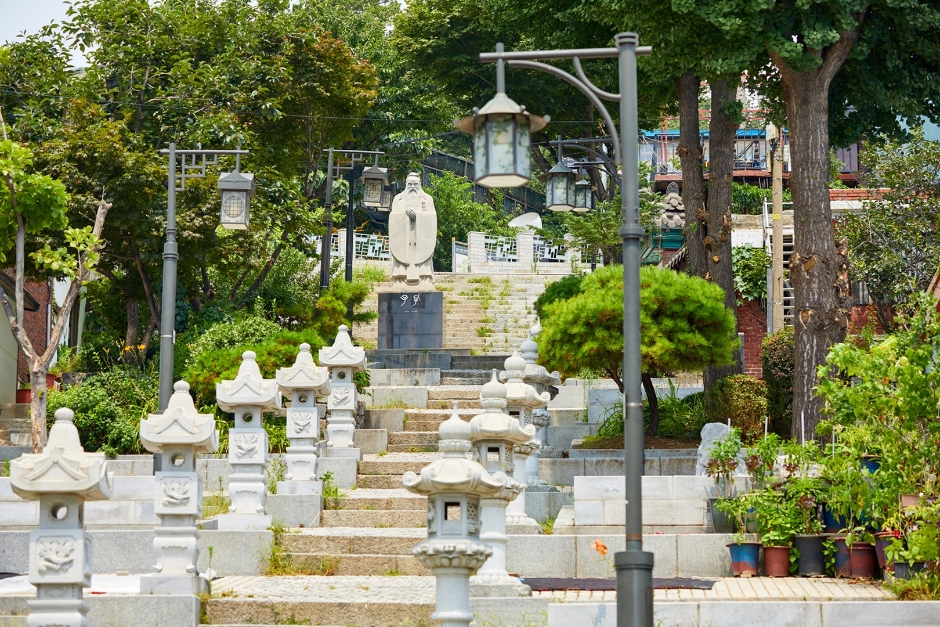

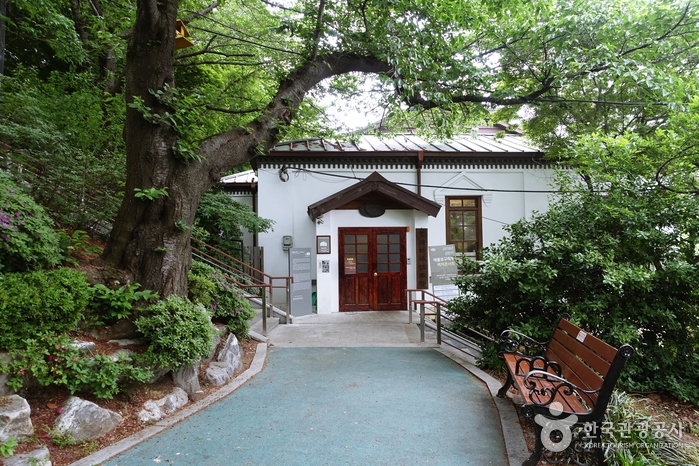
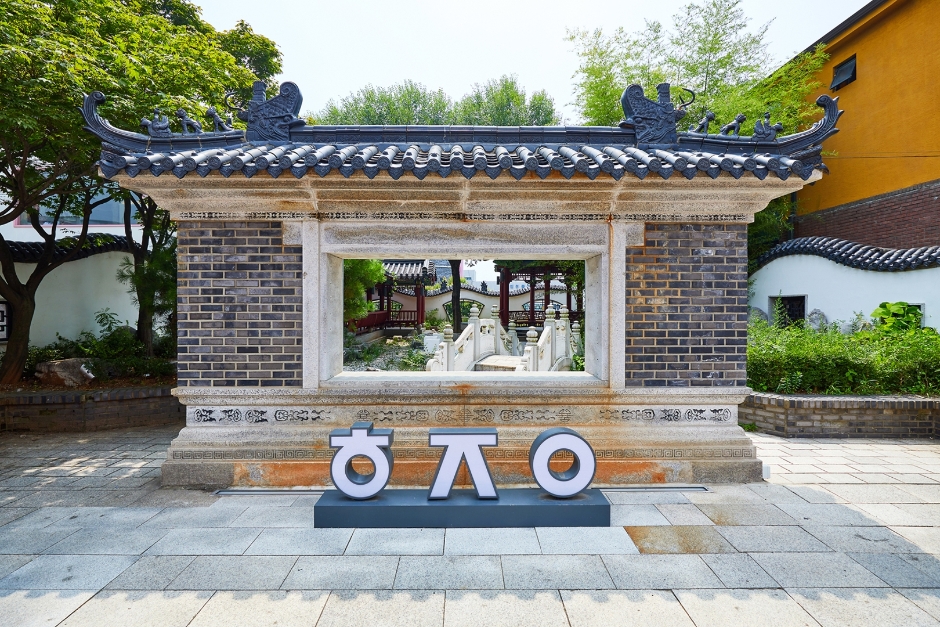
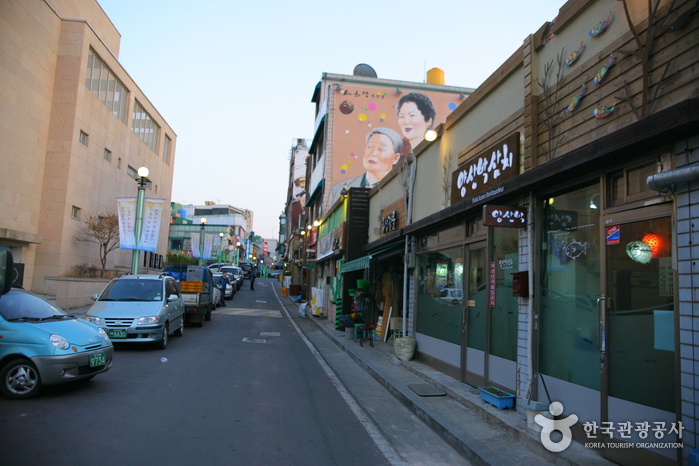
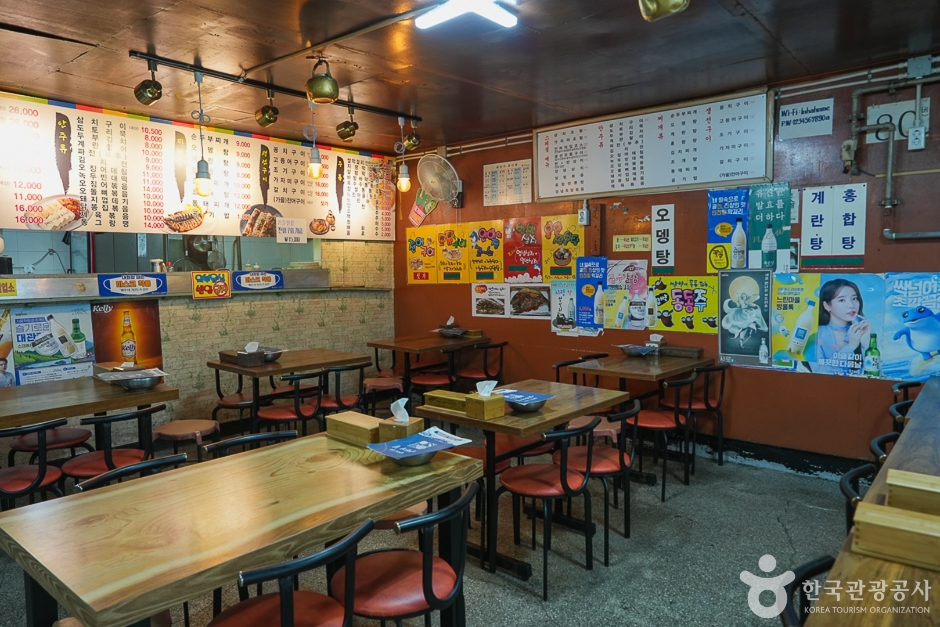
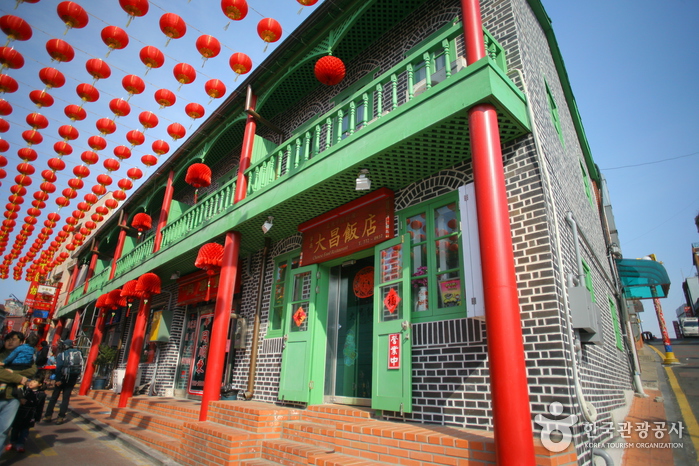
 English
English
 한국어
한국어 日本語
日本語 中文(简体)
中文(简体) Deutsch
Deutsch Français
Français Español
Español Русский
Русский